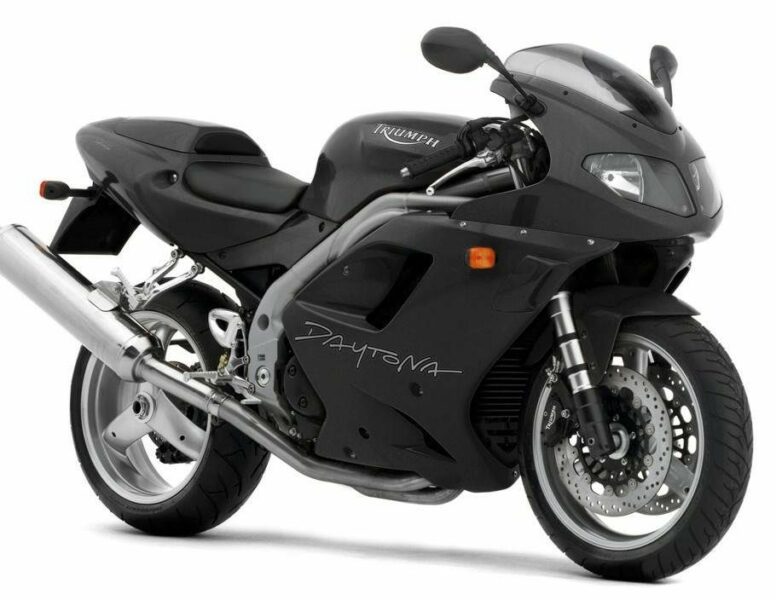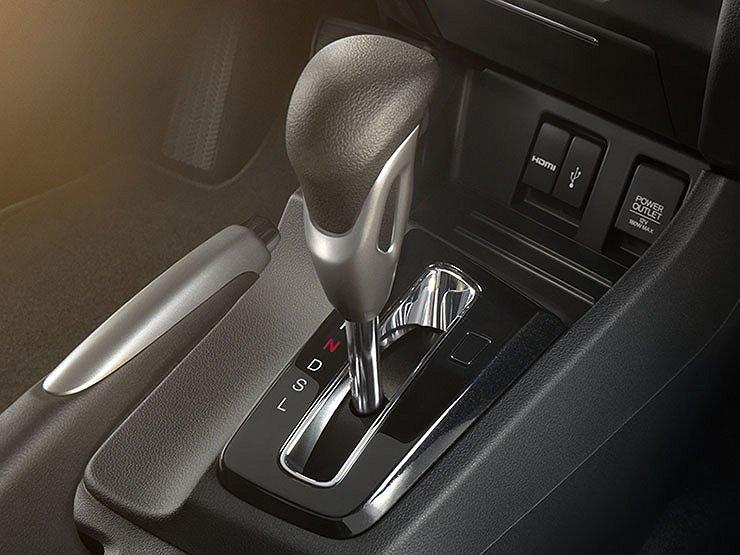
Triumph Daytona 955i
I open the throttle to launch the Triumph into the long upward left turn leading to the finish line. Adrenaline floods the body. That's why even my imagination is working overtime when I'm tensing up and trying to squeeze everything out of the car and out of myself. This Honda was just a glimpse of my memories, shown when we tested it on the same race track about a year and a half ago. "Catch Me If You Can? “I hear like a mockery of a ghost call.
Of course, every sport bike in its class has competed with the Fireblade over the past decade. I don't know if the new Daytona is faster on the race track than the Honda. At the time, we just didn't measure lap times. However, this time there were only three of us in the circle - and we never met. It is difficult to compare with such a distance, and the race track at that time was paved with a fresh surface. Otherwise, it's pointless. In fact, the newly redesigned Triumph is the coolest Triumph to date. In addition, he has never been so close to Japanese rivals.
A review of factory reports shows that they have put in a lot of effort. 955 cc three-cylinder engine CM gives out 19 hp. more than the previous model. So we are talking about 147 hp. at 10.700 rpm. Triumph is proud to say that the Daytona is the most powerful European sports bike of all time. It is also completely at the level of the Japanese, only the Suzuki GSX-R 1000 should be excluded from the comparison.
The new Daytona weighs 188 kilograms, 10 less than its predecessor and / or the Yamaha R1.
These 19 stallions were presumably produced without compromising the elasticity of the engine. The three-cylinder engine has been shown to pull very decisively from 5000 rpm upwards and spins up to 11.000 rpm when driving, which is 500 rpm more than its predecessor. The speedometer on the plain shows 255 kilometers per hour, and if there were more space, it would show another 15.
Triumph notes that the bike is designed for the road, not the race track, so they don't like geometric comparisons. Well, let's satisfy technical curiosity: the head angle is 22 degrees, while the ancestor has 8 mm. This is very cool, but on the other hand, the wheelbase of 81 mm is also quite comparable with the competition.
The chassis trim is very visible while driving. Impressive. There was nothing wrong with the old model of understanding each other, it just did not actively change direction in order to keep up with competitors. On the other hand, the new Daytona is dynamic, stable and precise in direction changes. Also thanks to the decent suspension.
The lines are new in many details, but not very recognizable. Presumably the nose of the armor now looks more like a Fireblade than the old Dayton. The fuel tank is slightly larger (21 liters, previously 18 liters), thinner next to the seat. It no longer has standard coverage over the passenger section and you will have to pay extra for this beauty. It should also be added if you want to replace the original muffler with a carbon fiber muffler. More horses are promised, but certainly the sound of the engine is more convincing. It is too noisy for road traffic.
The dashboard also flirts with the Fireblade, including a support console. The tachometer has a dial on a white background, and the speedometer is digital. Closing your nose in armor, you understand that well-being has also been taken care of to some extent. The tandem steering wheel has been moved away from the seat to make you more comfortable.
Tests have shown that Triumph has missed an opportunity to improve drivetrain precision. This was confirmed on two test bikes. And even the fuel injection was not accurate enough to accurately lock the appropriate speeds for the gears by adding intermediate gas. Too bad a missed opportunity.
Technical information
engine: liquid-cooled, in-line, 3-cylinder
Valves: DOHC, 12
Volume: 955 cm3
Compression: 12: 1, electronic fuel injection
Bore and movement: mm × 79 65
Switch: multi-plate in oil bath
Energy transfer: 6 gears
Maximum power: 108 kW (147 km) at 10.700 rpm
Maximum torque: 100 Nm at 8.200 rpm
Suspension: Showa fi 45mm adjustable front fork - Showa adjustable rear shock
brakes: front 2 coils f 320 mm – rear coils f 220 mm
Tires: front 120/70 – 17 Bridgestone Battlax BT 010 – rear 180 / 55-17 Bridgestone Battlax BT 010
Head / Ancestor Frame Angle: 22, 8/81 mm
Wheelbase: 1417 mm
Seat height from ground: 815 mm
Fuel tank: 21 liters
Weight (dry): 188 kg
Text: Roland Brown
Foto: Phil Masters, Gold & Goose
Technical information
engine: liquid-cooled, in-line, 3-cylinder
Torque: 100 Nm at 8.200 rpm
Energy transfer: 6 gears
brakes: front 2 coils f 320 mm – rear coils f 220 mm
Suspension: Showa fi 45mm adjustable front fork - Showa adjustable rear shock
Fuel tank: 21 liters
Wheelbase: 1417 mm
Weight: 188 kg
